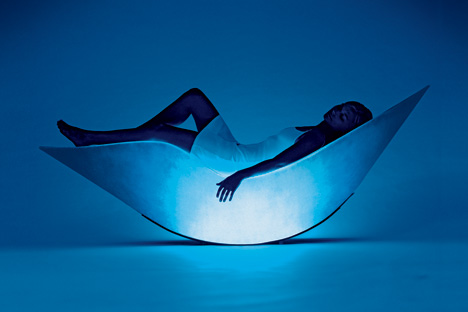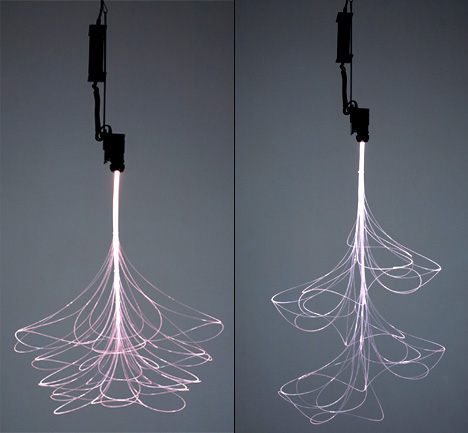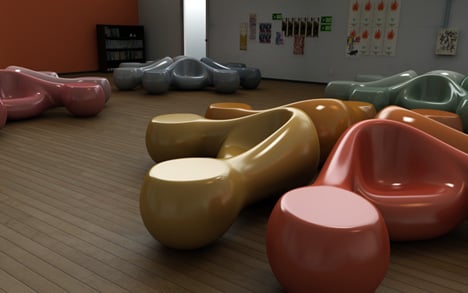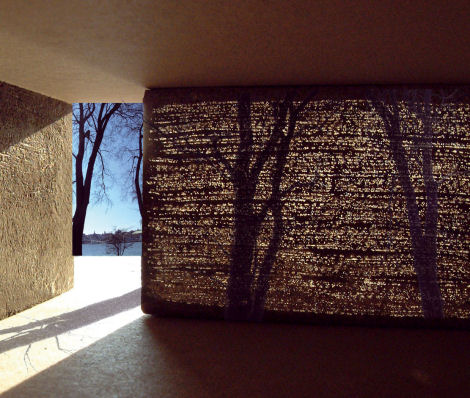Proximity control unit from Rapid Electronics - £6.19
Control chip uses ultrasonic detection to detect a body or object between 10 and 80 cm's from the sensor and lights an LED.Could possibly be used to adjust volume or increase brightness of lights within the sensory system? (or similar circuit)
Similar to the controls of a theremin (demonstrated by Bill Bailey Below)
The idea of controlling an electrical product without touching the product is intersting when applied to the scenario of a sensory system, as it would allow more control and interaction with users with limited mobility or limited functionality within their hands.
Multiple control systems could also be introduced within the system each controlling a diferent element to allow for group interaction.
Touch Screen (4 wire resistive touch screen)
Resistive touchscreen which can control both in the X and Y axis, Can be used with parts of the body or a stylus. Available in a range of sizes.
Transparent surface allows for lighting to be placed behind the surface to give a more emersive experience, lighting around the users fingers etc. (Used within the Kaoss Pad).
Control Knobs
A range of control knobs could be used to control a range of features, each providing a different tactile feel to the user, could also be heated or cooled to add further tactile features.
A very intuitive way to control a produc, could cause problems for users with limited mobility.
A very intuitive way to control a produc, could cause problems for users with limited mobility.





















